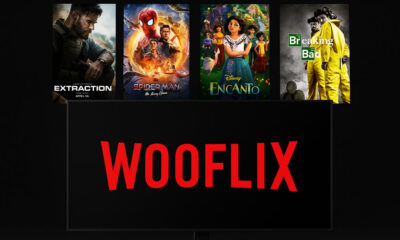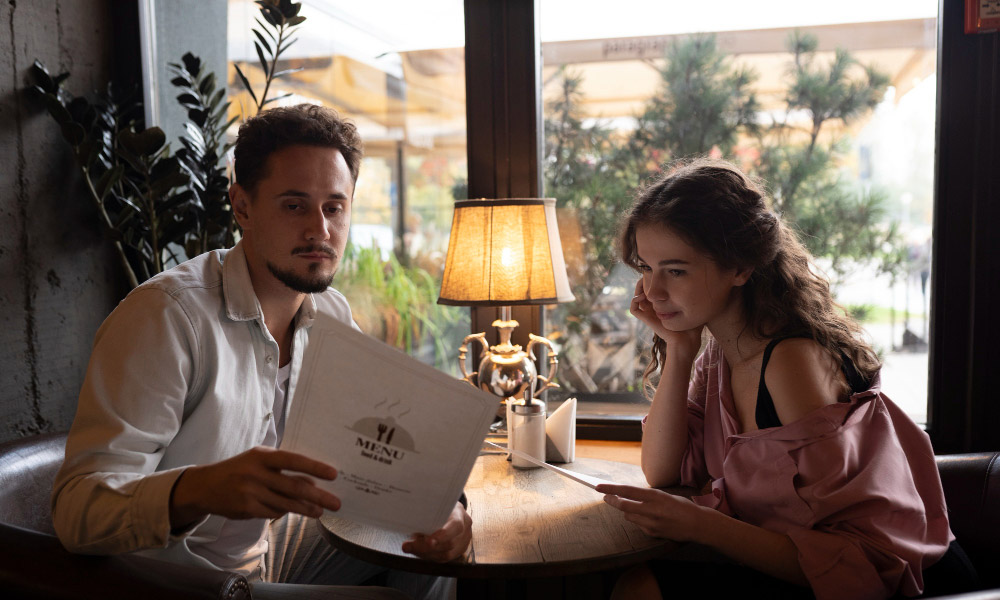Luxury no longer begins with price tags or logos — it begins with meaning. In the last decade, as consumer awareness deepened and aesthetics grew increasingly algorithmic, luxury brands discovered that craftsmanship alone no longer guaranteed desire. What resonates today is not just the object, but the story that surrounds it — the narrative of origin, intent, and feeling.
Design storytelling has become the new frontier of value. And the brands mastering it aren’t just selling products; they’re selling ways of seeing.
From Rarity to Relevance
For most of the twentieth century, luxury was defined by scarcity — limited availability, expert artisanship, a whisper of exclusivity. But the digital era changed the equation.
When design inspiration became global and instantaneous, scarcity lost its power. What replaced it was relevance — the ability to speak to culture as it evolves.
This shift is what separates contemporary luxury from its past. Consumers no longer want to own; they want to understand. They’re drawn to the brands that treat design as conversation — those that reveal process, material, and emotion.
Platforms like FrescoForma have documented this evolution, showing how storytelling now drives the intersection of design and strategy. From heritage furniture makers to independent object studios, the narrative has become the product.
When Story Outweighs Object
Take a look at brands like Aesop, Loewe, or Vitra — each excels not through flamboyance, but through coherence. Every product, material, and photograph serves a shared narrative.
In this context, a lamp or a chair is no longer a standalone design; it’s a vessel for identity.
Even industrial design follows this logic. Consider the growing popularity of minimalist appliances, once purely functional, now imbued with quiet emotional appeal. Their success is not aesthetic alone — it’s linguistic. They speak softly but with conviction, translating design choices into stories about restraint, balance, and awareness.
Luxury, once about separation, is now about connection.
Craft as Communication
At its best, design storytelling reclaims the human side of making. The craftsman is no longer invisible; the process itself becomes content. It’s the reason why handcrafted imperfections, limited materials, and origin-focused photography are now aesthetic choices rather than marketing gimmicks.
But with this new transparency comes risk. When everything is a story, the question becomes — which stories matter? That’s where brands falter. Those that over-explain or over-style often dilute the very authenticity they’re trying to convey. True storytelling doesn’t decorate the object; it reveals it.
A Return to Sincerity
The shift toward material honesty is visible everywhere — raw finishes, exposed joints, imperfect edges. In a recent feature, the resurgence of Brutalism was described as “a reaction to surfaces too polished to be real.”
That sentiment defines modern luxury: sincerity as the new sophistication. In a saturated visual landscape, tactility and imperfection are no longer weaknesses — they’re trust signals. The narrative is what turns simplicity into substance.
Designing Presence
For brands and creators alike, storytelling is now a strategy. It shapes how design is experienced, shared, and remembered. It transforms the silent into the symbolic — a texture becomes a dialogue, a form becomes a gesture of intent.
In this new era, luxury isn’t loud. It’s deliberate, quiet, and articulate. It tells a story you don’t just see — you feel. And that story begins not in a press release, but in a single choice: to make things that speak.

 Entertainment3 months ago
Entertainment3 months ago
 Entertainment3 months ago
Entertainment3 months ago
 Celebrity2 months ago
Celebrity2 months ago
 Celebrity2 months ago
Celebrity2 months ago
















